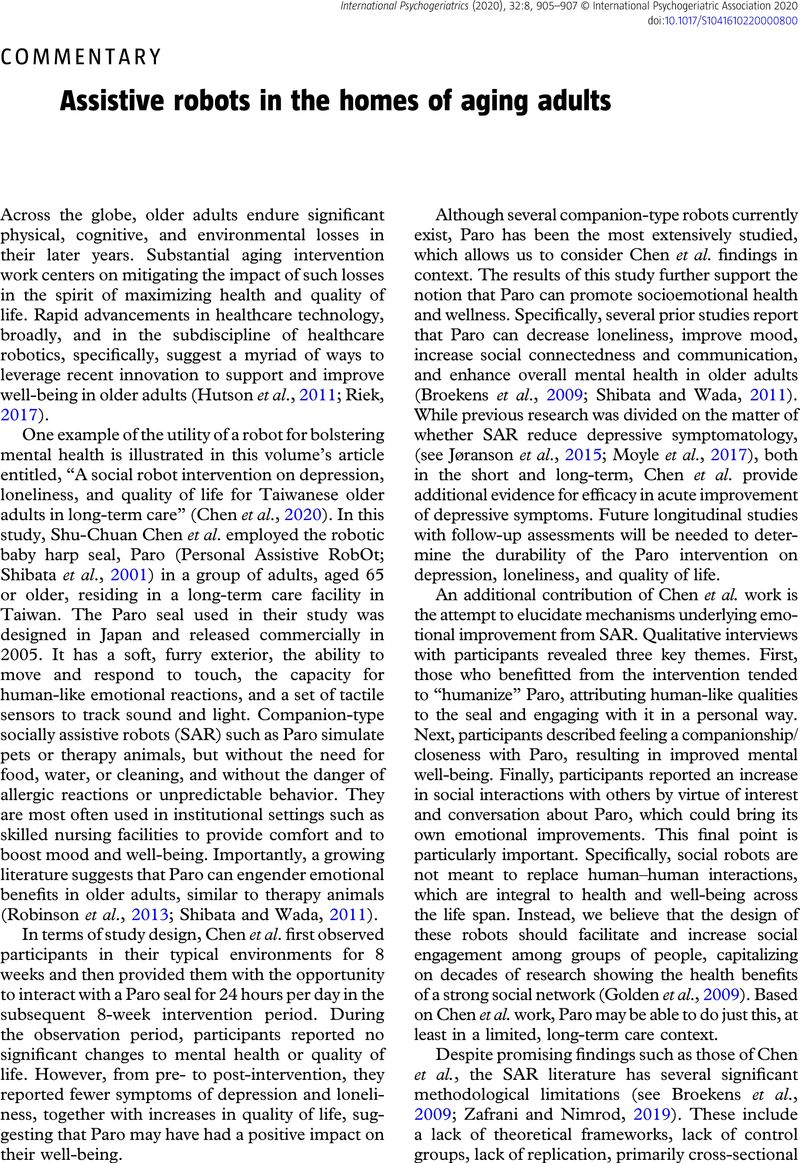Crossref Citations
This article has been cited by the following publications. This list is generated based on data provided by Crossref.
Arieli, Rotem
Faulhaber, Manuela E.
and
Bishop, Alex J.
2023.
(Re)designing the Continuum of Care for Older Adults.
p.
3.
Silvera-Tawil, David
Li, Jane
Jongebreur, Stella
Kandangath, Vishnu Sathyan
Bijo, Kunnumpurath
Sharma, Abhishek
and
Manandhar, Shisir Prasad
2025.
Digital Technology in Public Health and Rehabilitation Care.
p.
137.



